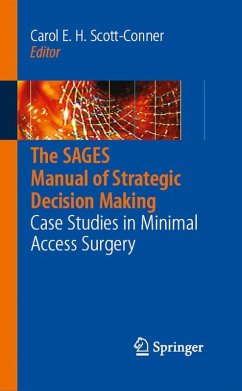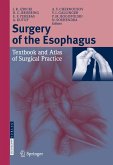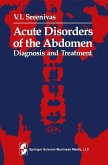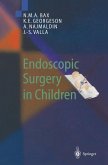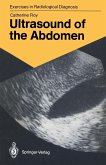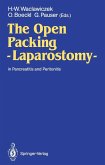Dieser Download kann aus rechtlichen Gründen nur mit Rechnungsadresse in A, B, BG, CY, CZ, D, DK, EW, E, FIN, F, GR, HR, H, IRL, I, LT, L, LR, M, NL, PL, P, R, S, SLO, SK ausgeliefert werden.
"This is a guide to clinical strategy for the general surgeon employing minimal access surgery. ... Contemporary trainees in general surgery and senior practitioners ... will benefit from this work from an international group of experts with a significant number of contributors from the University of Iowa. ... Discussion of treatment alternatives is clear and the review of evidence is excellent. Dr. Scott-Conner and her contributors place an important technique in context for trainees and practitioners."(David J. Dries, Doody's Review Service, November, 2008)

